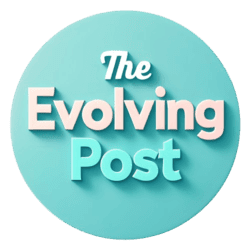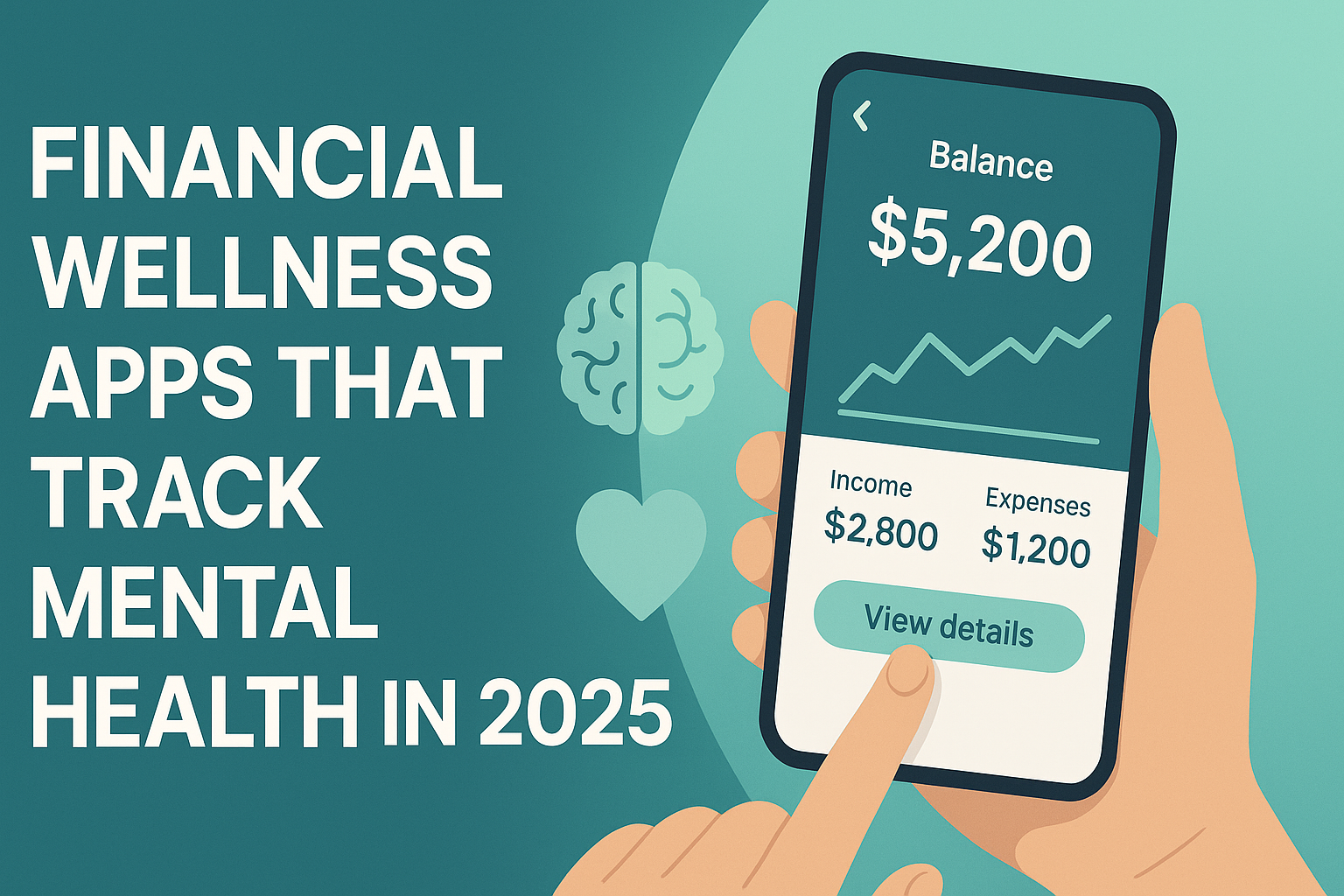As inflation bites and paychecks shrink, many households are giving up on budgeting. Here’s why that’s risky—and what you can do instead, even on a tight income.
In 2025, more Americans are quietly walking away from something they used to value: financial planning. Not because it stopped being important—but because it started to feel out of reach. According to recent surveys, only 31% of Americans now maintain a detailed financial plan, a noticeable drop from just a few years ago.
The economic pressures driving this shift are very real: rising inflation, high borrowing costs, job insecurity, and a cost-of-living crunch that’s squeezing even middle-class families. But giving up on planning—even temporarily—can come at a cost. The good news? You don’t need thousands in savings or a spreadsheet wizardry badge to turn things around.
Let’s unpack what’s happening, why it matters, and how everyday Americans can build a simple, flexible financial plan that fits today’s economic reality.
Background & Context: Inflation, Job Stress, and the Budgeting Backslide
Financial stress in 2025 is palpable. After years of high inflation and elevated interest rates, many households feel like they’re constantly playing defense—reacting to emergencies rather than proactively planning ahead.
Here’s what’s driving the retreat from financial planning:
High prices everywhere: Grocery, fuel, rent, insurance—costs are up across the board.
Tougher borrowing environment: With interest rates still elevated, everything from mortgages to credit card debt is harder to manage.
Job instability: Layoffs in tech, retail, and logistics have left many workers on edge.
Emotional burnout: Juggling rising bills with stagnant wages has made many Americans feel overwhelmed and demoralized.
It’s no wonder millions are opting out of traditional financial planning tools in favor of short-term survival strategies. But this reaction, while understandable, often leads to greater instability in the long run.
Deep-Dive Analysis
Why Financial Planning Feels Out of Reach
Let’s be honest: when your paycheck barely covers gas and groceries, the idea of planning for retirement or college savings can feel outlandish.
Financial planning is often misrepresented as something you do after you’ve “made it”—when you have disposable income, an advisor, and a few investment properties. In reality, the best time to start planning is when things feel tight, because that’s when every dollar counts.

Why Many Americans Avoid Financial Help
Beyond affordability, confidence is a major barrier. According to research from Morningstar, more than half of U.S. adults don’t feel qualified to make long-term financial decisions, and many feel intimidated by financial jargon.
Add in a distrust of institutions and a rise in financial “influencers” with conflicting advice, and you’ve got a recipe for disengagement.
But access to financial tools has never been more democratized:
Free budgeting apps like Mint and Monarch
Employer financial wellness programs
Open-source personal finance courses on YouTube or Coursera
Still, the first step is mental: reframing financial planning as a flexible habit, not a perfect blueprint.
Actionable Takeaways & Key Insights
Here are five low-stress, high-impact moves you can make to build financial momentum—even if you’re living paycheck to paycheck.
Create a “survival budget”
Focus only on essentials: rent, food, utilities, transport. Once you know your baseline, you can find small cuts elsewhere.Start a micro-emergency fund
Forget $10,000 targets. Just get to $100. Set a recurring $10 weekly transfer. It builds confidence and cushions against chaos.Track your spending weekly
Use your bank app or a free tracker. Awareness is the first (and most powerful) tool in money management.Identify one non-essential to cut
It could be a subscription, food delivery, or an unused gym membership. Freeing up even $30/month can go toward debt or savings.Set one tiny financial goal
Whether it’s paying off a small credit card balance or saving for car repairs, naming a goal makes it real—and achievable.
Real Talk: Financial Planning Doesn’t Need to Be Fancy
Think of your finances like tending a garden. Some seasons, you plant big. Other times, you just water the few seeds you’ve got. The point is to keep showing up.
And it’s okay to start with a simple question:
“What do I want my money to do for me this month?”
That alone can spark a chain reaction—toward budgeting smarter, reducing debt, or setting a savings goal that finally sticks.
Conclusion & Call to Action
The economy might not be easing up soon—but your relationship with money doesn’t have to stay stuck. Financial planning isn’t about having it all figured out—it’s about starting where you are, staying consistent, and adjusting as life happens.
Even if your goals are modest, even if you’re tired of trying—don’t give up.
You can budget without being a spreadsheet genius.
You can save without a six-figure salary.
You can build financial confidence in $10 steps.
Financial planning is about power, not perfection.
Stay tuned to The Evolving Post for more smart, actionable updates that impact your money and your future — because understanding the system is the first step to changing your financial story.
While this analysis is based on thorough research, it is for informational and educational purposes only and should not be considered financial advice.








